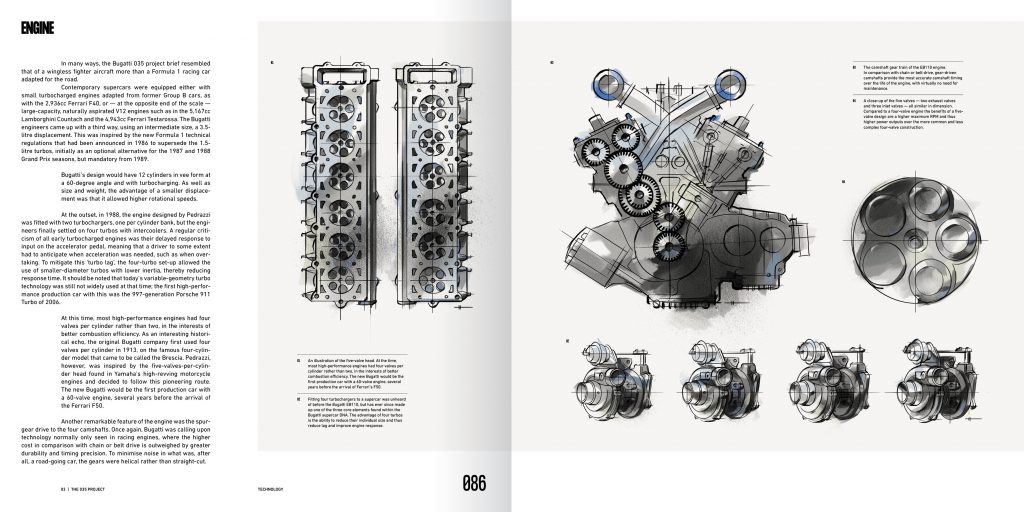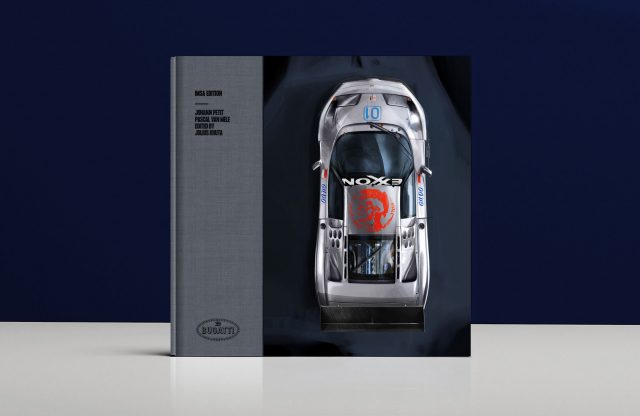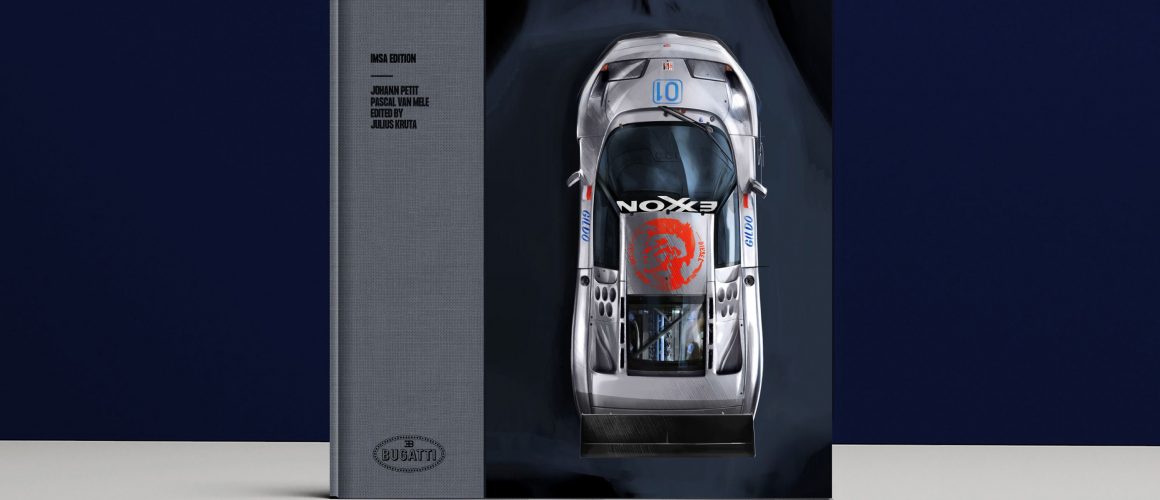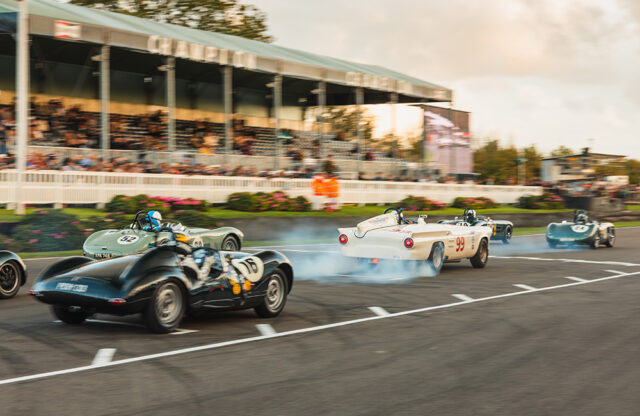WORDS: NATHAN CHADWICK | PHOTOS: JEAN-MARC BOREL
Article taken from Magneto issue 16
“We had an unlimited budget, and we blew it.” You’d expect those words to come from someone deep within the EB110 rollercoaster, but instead they come from Julius Kruta, Bugatti historian and co-publisher of a lavish new book dedicated to the quad-turbo, four-wheel-drive mad missile. Much like the car itself, the production of this $900 limited tome is a tortuous tale of passion, dedication and ripping it all up and starting again… and again.
It all began when co-publisher Chris Hrabalek was looking for an automotive investment several years ago. The EB110 fitted the bill, with just 139 made. Within 50km of his first drive, a mere investment had turned into something else: “The way the turbos chirp sequentially; it’s addictive,” he says. “Every toll booth I accelerated away from, I just thought this car was insane.”

That 50km blast ended up being a 1000km journey. Chris’s love for the car grew, and he started to produce a small book on the racing EB110s. He knew Julius through a VW-era Bugatti connection, and asked him to come on board. “I looked at what he did; it was beautiful,” says Julius.
However, the package was a long way from being a fully formed book, so Julius reckoned the best plan would be to start from scratch, telling the whole story. Two French writers were assigned the job. “Pascal van Mele – the huge enthusiast for the EB110,” chuckles Julius. The other author, Johann Petit, ran a website dedicated to the EB110. So, the right people for the job? Yes, but…

“It was an amazing text, but nobody would read it because it was for EB110 die hards only,” Julius says. He and Chris spent three days trying to make sense of it, before enlisting Mark Hughes to edit it. “He said we needed to work on the story, because we had all the ingredients of a workshop manual.”
The turning point was getting Jean-Marc Borel onboard, after showing Bugatti’s former head of public affairs a design layout. “We’d realised that we desperately needed pictures; we’d started this project the wrong way around,” says Chris. “It is similar to what Romano Artioli did, switching from an aluminium chassis to carbon after four prototypes.”

Borel’s input would be critical, after Chris and Julius explained their need for imagery. “‘You haven’t got the inside pictures, the running of the first engine, the signing of the contract…’ he told us,” Julius recalls. “We said: ‘Ah, we have the photo where Piëch buys the company.’”
Borel inquired as to how they got the image, and after being told it came from Mrs Piëch, he asked who took the shot. A random VW worker was suggested, but then… “Borel said: ‘Oh these are bad scans,’” Julius laughs. “‘I’ll give you the originals.’”

Borel had, it seems, photographed everything. While the book contains more than 700 images, most of which are previously unseen, there were enough pictures for five more volumes. Suitably armed with archive material, Julius and Chris redesigned the book from scratch again.
Although the project nearly broke Chris – “It’s my first book, and my last” – both are full of respect for what Artioli and his team achieved. “There’s a romance, a charm and a certain style that go beyond money making,” says Julius. “Romano lost millions, along with his Ferrari contract – he was the biggest Ferrari dealer in the world. He gave it all up for Bugatti.”

“We wanted to create a book that mirrors that vision,” Chris explains, although it ended up being in more ways than intended. “He lost money with every EB110 sold. Julius and I worked out the figures one day – we make a loss of €2000 on every book.” Just 330 copies of the $900 EB110 and the Last Bugatti Racing Cars are available, via www.hortonsbooks.co.uk.




